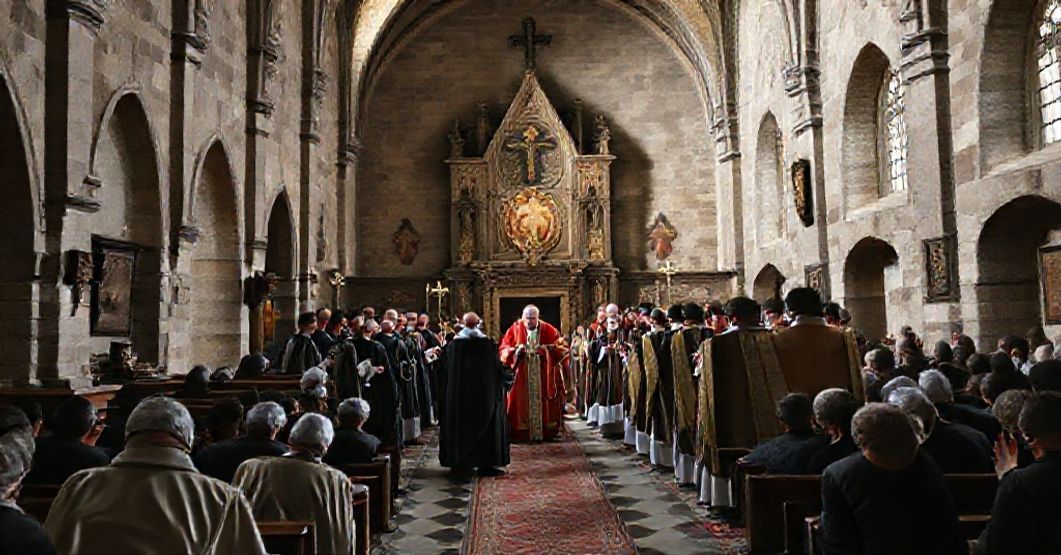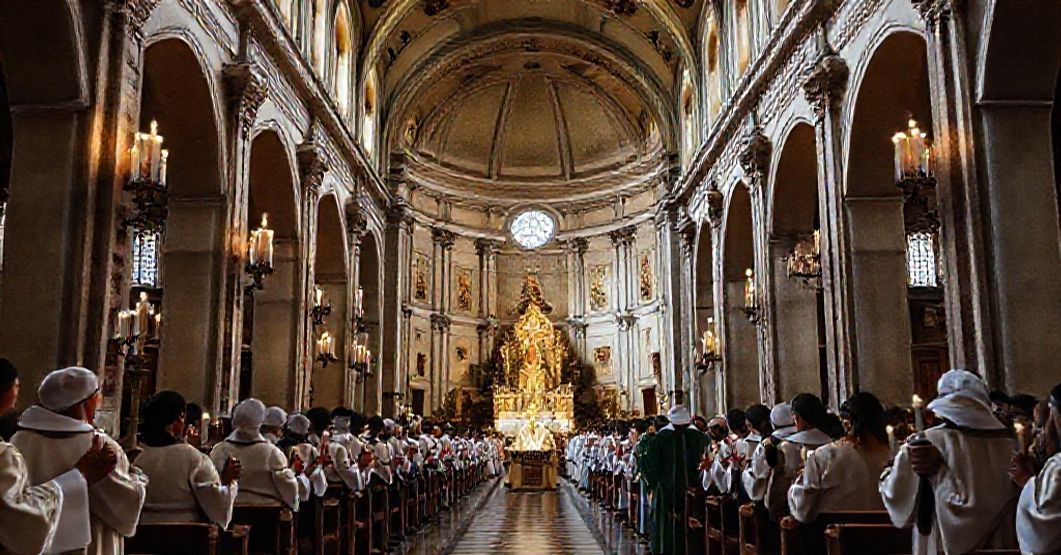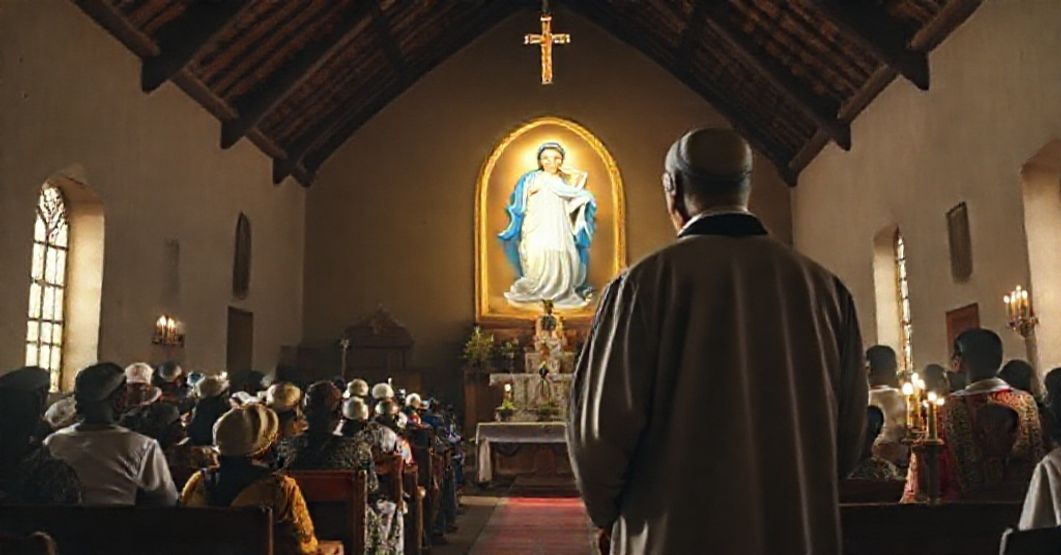Antipopes of the Antichurch



















Timeline of this heretical pontiff
Encyclical Letters
+ 15 posts1959
+ 7 posts1961
+ 4 posts1962
+ 2 posts1963
+ 2 postsApostolic Exhortations
+ 3 postsApostolic Constitutions
+ 93 posts1958
+ 6 posts1959
+ 87 postsMotu Proprio
+ 15 posts1958
+ 1 posts1959
+ 1 posts1962
+ 11 postsApostolic Letters
+ 151 posts1958
+ 4 posts1959
+ 63 posts1960
+ 78 posts1961
+ 1 posts1962
+ 4 posts1963
+ 1 postsSpeeches
+ 99 posts1958
+ 2 posts1959
+ 26 posts1960
+ 29 posts1961
+ 16 posts1962
+ 24 postsMessages
+ 6 posts1959
+ 4 postsHomilies
+ 4 postsLetters
+ 152 posts1958
+ 1 posts1959
+ 48 posts1960
+ 32 posts1961
+ 31 posts1962
+ 30 posts1963
+ 10 postsNot categorized
+ 1 posts1958
+ 1 postsNews feed


Salubri ducti (1960.09.28)
The text published under the name of John XXIII on 28 September 1960 is a short Latin act declaring Saint Joseph, Spouse of the Mother of God, and Saint Michael the Archangel as “equally principal” patrons of the diocese of Toluca, and Saint Francis of Assisi, Saint John Mary Vianney, and Saint Isidore the Farmer as its secondary patrons, with the usual formulae of canonical approval, liturgical privileges, and juridical perpetuity. It presents itself as a benign pastoral response to the request of Bishop Arturo Vélez Martínez and the clergy and people of Toluca, in order to obtain “heavenly protection” and promote “Catholic growth” in that region.


Religione (1960.10.07)
The document issued under the name of John XXIII grants to the parish church of Steinfeld, dedicated to Saints Potentinus, Felicius, and Simplicius, the title and privileges of a minor basilica. It exalts the antiquity, architecture, monastic history, and pilgrim cult of the shrine, notes the suppression of the abbey by civil law in 1802, recalls its past as a center of ascetic and canonical life, and concludes with a solemn juridical formula conferring the new dignity and its associated spiritual prerogatives. In doing so, it wraps a purely honorific, aesthetic, and emotional gesture in solemn canonical rhetoric to cloak the deeper reality: a paramasonic, conciliar usurper uses traditional forms to legitimize his counterfeit authority and to divert souls from the reign of Christ the King as taught by the true Magisterium before 1958.


Pietatis Marialis (1960.10.07)
The document “Pietatis Marialis” of John XXIII, dated 7 October 1960, is a brief Latin decree by which the conciliar usurper artificially confers the title and privileges of a “minor basilica” upon the parish church of Our Lady of Mount Carmel in Padua, praising its architecture, artistic treasures, Marian devotions, and diocesan role, and then, by invoking “Apostolic authority,” legislates its new status with the usual legal formulae. This apparently pious gesture, issued by one who had already set in motion the demolition of the Catholic order, is a paradigmatic example of how the conciliar revolution cloaks its usurpation of authority in traditional forms and Marian language to anesthetize the faithful and normalize the emerging neo-church.


Virgo intaminata (1960.10.21)
Ad perpetuam rei memoriae: this brief Latin text of John XXIII proclaims the Immaculate Conception of the Blessed Virgin Mary as the “principal heavenly patroness” of the newly erected Diocese of Kisii in Kenya, granting her all liturgical honors and privileges due to a diocesan patron and issuing the usual juridical formulae declaring the act firm and nullifying anything contrary attempted by any authority whatsoever. It appears Marian and pious in its phrasing, yet it is in reality an instrument by which an already manifestly modernist usurper exploits true Marian devotion to consolidate the conciliar sect’s colonial capture of souls in Africa under a counterfeit authority.
Varia
Announcement:
– News feed –implemented
– Antipopes separate web sites with their all documents refutation – in progress
